“Our taxi driver was an ALGS fan, our server at the restaurant last night was an ALGS fan, and the bassist in a rock band we saw last night was an Apex fan, Bloodhound main,” says John Larson, Apex Legends’ live balance designer. Japan is Apex crazy, and Sapporo has become a hub for fans of the game, whether they’re attending the tournament or not. “Everyone we cross paths with, they see the Apex logo and they’re like, oh. Everyone is very passionate out here. It’s good to be here.”
Seeing the passion in person is a reminder of the global scale of Apex Legends esports, and Larson notes that it’s sometimes easy to forget that when you’re working from home, in your own little bubble, looking at the game with the most intense scrutiny.
“I consider myself lucky to be able to get here to witness it firsthand,” he says. “Apex is like our universal language out here. I can be talking with someone who doesn’t speak English and I don’t speak Japanese, but we have that commonality and we both recognise what it means and what it gives us.”
From Avid Player To Integral Developer
Larson has an interesting background, as he was not a qualified developer when he joined the Respawn team. He studied mechanical engineering but always knew he didn’t want to pursue a career in the industry as he preferred looking for more creative solutions. “Design is that marriage of technical and creative problem solving that I really like,” he tells me, explaining that he’s “not surprised” to have found himself in a development role thanks to the analytical eye he applies to any game he plays.
A fan of Respawn’s Titanfall games, Larson dove straight into Apex when it was released. His countless hours grinding got to the point that he thought he “might as well try to make some money off this.”
With a career as a pro over before it ever began, he spotted a tweet from former design director Jason McCord advertising a role in the company requiring someone with scripting skills and a high-level knowledge of the game. He applied, and Respawn found its new live balance designer. Larson utilised that high-level Apex knowledge to work his way up the ladder, to the point where he was pivotal in bringing the Legend Upgrade System to fruition in Season 20, a system which completely restructured the game, rebalanced the Legends, and changed how we play Apex Legends forever.
Apex Legends Might Be Getting A Next-Gen Upgrades As Season 12 Approaches
“That was my baby for the best part of a year,” he says. “Season 20 was a great testament to how the team came together to come up with this unified vision.” From the weapons and balance teams to the map designers, Larson says everyone worked as a cohesive unit to change the Apex Legends experience.
Fundamentally an RPG mechanic, the Legends Upgrade System allows players to pick buffs to their abilities as the game progresses. This progress is tied to your Evo Shield, which itself scales with the damage you dish out and (sometimes) passive abilities you utilise. There are also caches of Evo scattered across the map to give a boost to your shields and abilities all at once, which – from a design perspective – also force players to rotate across the map and engage other teams.
Respawn tried many different iterations of the system, with Larson explaining that originally the team had three upgrade choices for each level, but pulled that back to take a “quality over quantity” approach to provide punchier upgrades for each Legend.
“A lot of my time was spent thinking about those [skill] trees and creating compelling builds,” he explains. “I felt pretty motivated and qualified to do justice to different Legends with my experience of playing the game a lot and understanding the ins and outs of different Legends. It was just a great opportunity to dive deeper into that. Upgrades is a highlight of my career so far.”
As a keen player, ranked grinder, and balance designer, Larson is often at the heart of regulating the meta of the game. He’s not surprised by the defensive meta – it’s the result of the recent ‘Season of Support’ that was pushed to the game a few months ago – but the recent uptick in Ramparts we’ve seen across all three maps has raised an eyebrow.
“I can’t say that I personally expected it,” he says, before launching into a deep dive about the specifics of why Rampart has been so strong. “The accelerant hop-up – and baking that into some already-strong weapons – had an effect, because [of] the amount of Sheila uptime during fights; you secure a knock, you get that many more bullets reloaded back into the chamber.” This is in addition to the fact that she quite obviously counters Newcastle, of course.
“Let’s pack those upgrades full of power and get people to experiment on those.”
I must admit I hadn’t thought about how the hop-up interacted with Rampart’s abilities, or how it might have impacted her effectiveness in the game. I’m not sure many of us could honestly say we had. It’s moments like this, where Larson effortlessly breaks down precisely why Rampart is enjoying her time in the spotlight in such an incisive manner, that makes you realise just how deeply he understands this game.
Larson’s Legend Upgrade System obviously synergises with his role as a balance specialist, as the developers can now use these upgrades to tweak the strength of Legends instead of changing their core abilities. However, it doesn’t always land right with the players, as recent changes to Mirage and especially Loba have been controversial in the community.
“That’s a great example of cases where we were like, let’s pack those upgrades full of power and get people to experiment on those,” Larson explains. “I’m not going to say we’re not oblivious to the fact that Loba is now, you could argue, a better skirmisher than Pathfinder, but it’s the Season of Support and [we] really want to shake things up and get people off their mains.”
What To Expect From Apex Legends Season 24
However, Larson understands the community sentiment surrounding Loba’s upgraded abilities, and wants to reassure players that Respawn is trying to be more flexible in issuing hotfixes to problem areas of any update.
“We want to be more reactive with a lot of those things,” he explains, referencing how the team removed the gold knockdown shield this season due to how powerful it was in the hands of support Legends. “The support meta is not going to be around forever. I think Season 24 has its own suite of totally game shifting changes there too and we’re excited to be more agile with responding to the community and really pushing on shaking things up.”
So what shake-ups can we expect to see in the future? Larson thinks that Alter is currently being slept on at every level of the game, from public matches to the esports scene, but he urges players to keep their eyes on Ash now and in Season 24.
“Ash is one that I’m excited to for in [Season] 24 because we’ve been sitting on some Ash changes for a while,” he explains “The current Ash is compelling in this meta where once you get a knock you really have to capitalise on that; both with the tether to secure someone and then Ult in and finish up the fight. We’ve got some changes coming – if you’re sleeping on Ash now I don’t think you’ll be sleeping on her for much longer.”
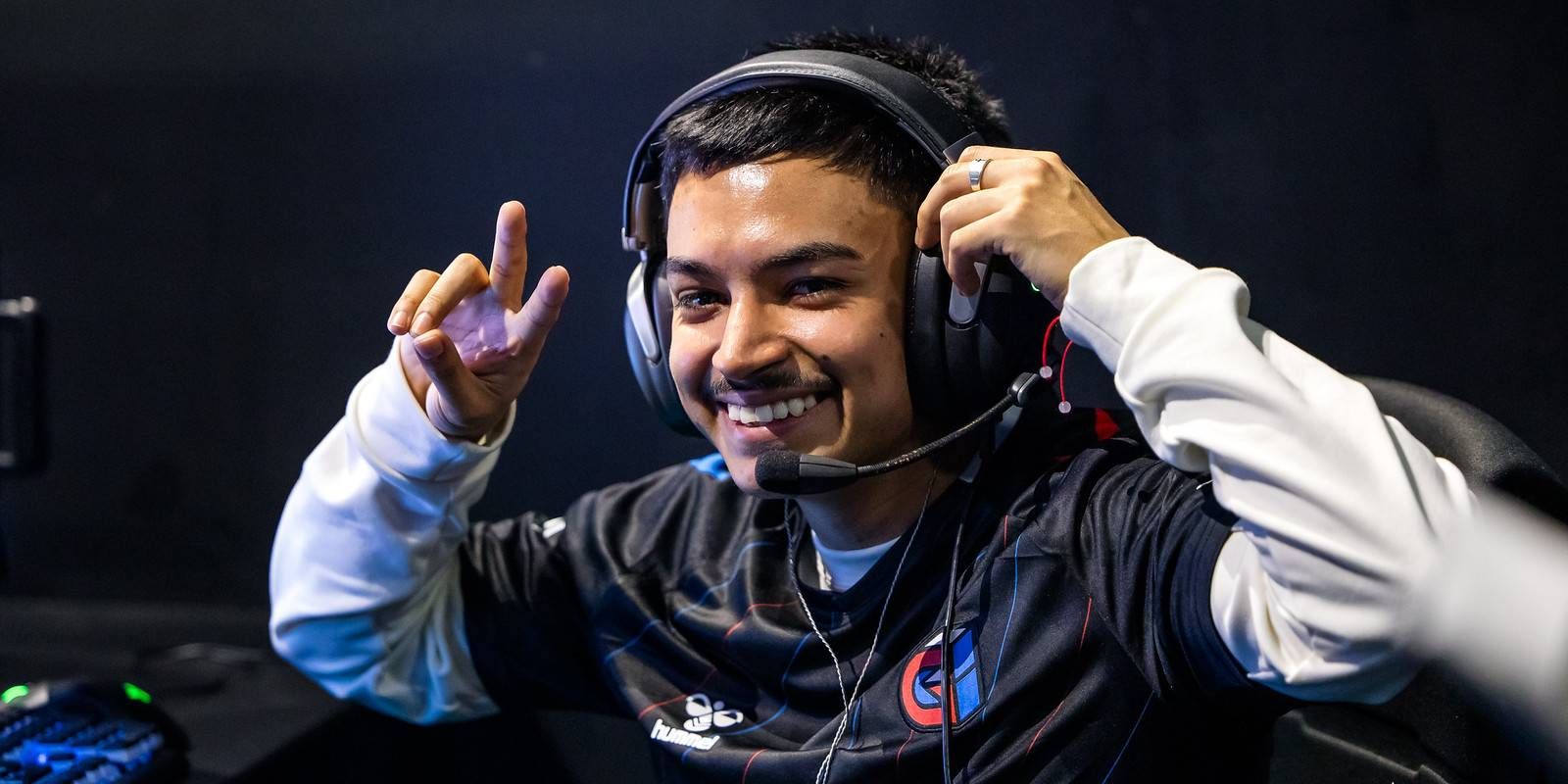
Next
The Esports Player Who Moved 8,000 Miles To Compete
Guild Esports’ Phony moved from the US to Thailand to secure a spot at the Apex Legends Global Series Championship.



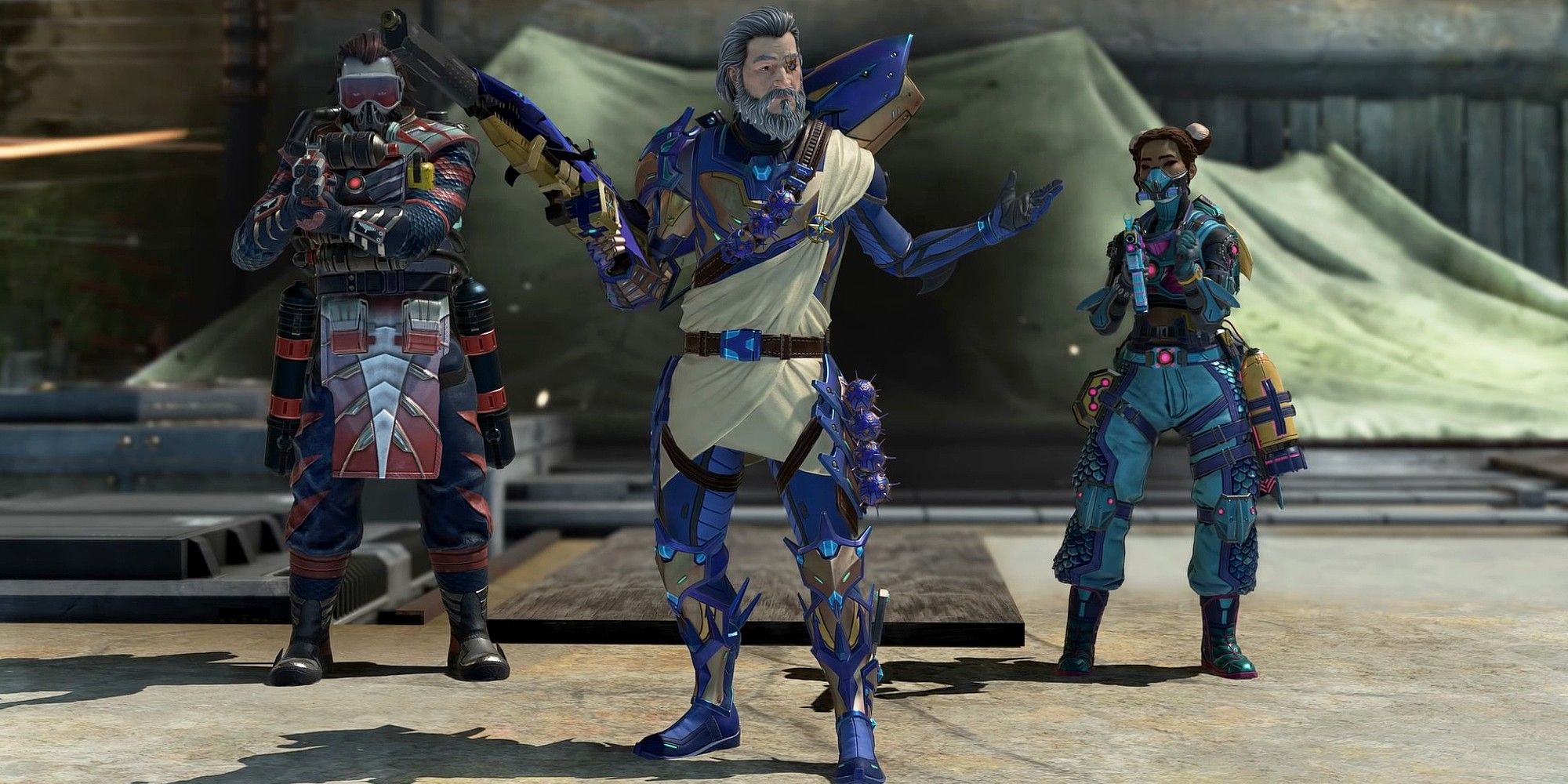
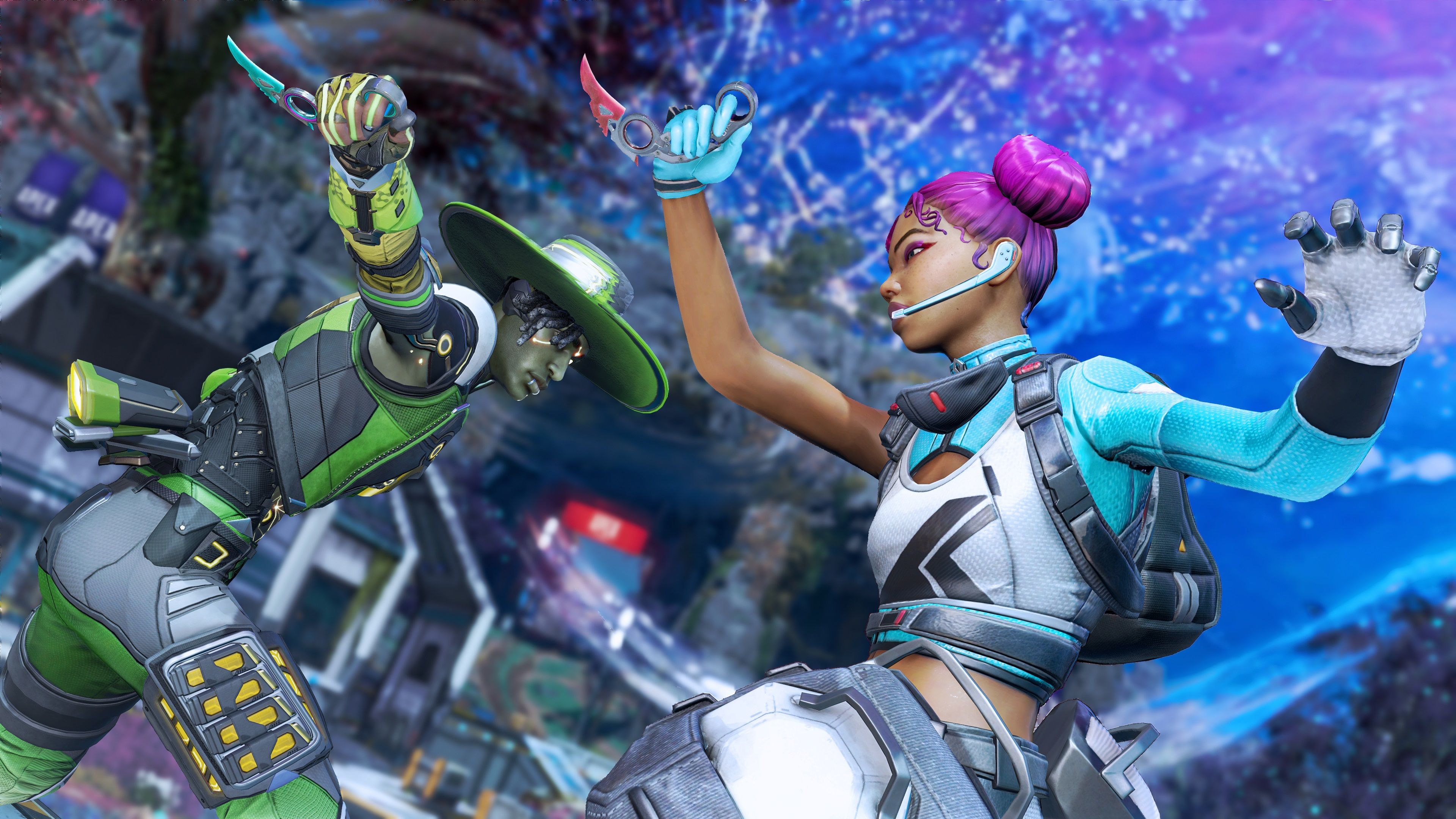
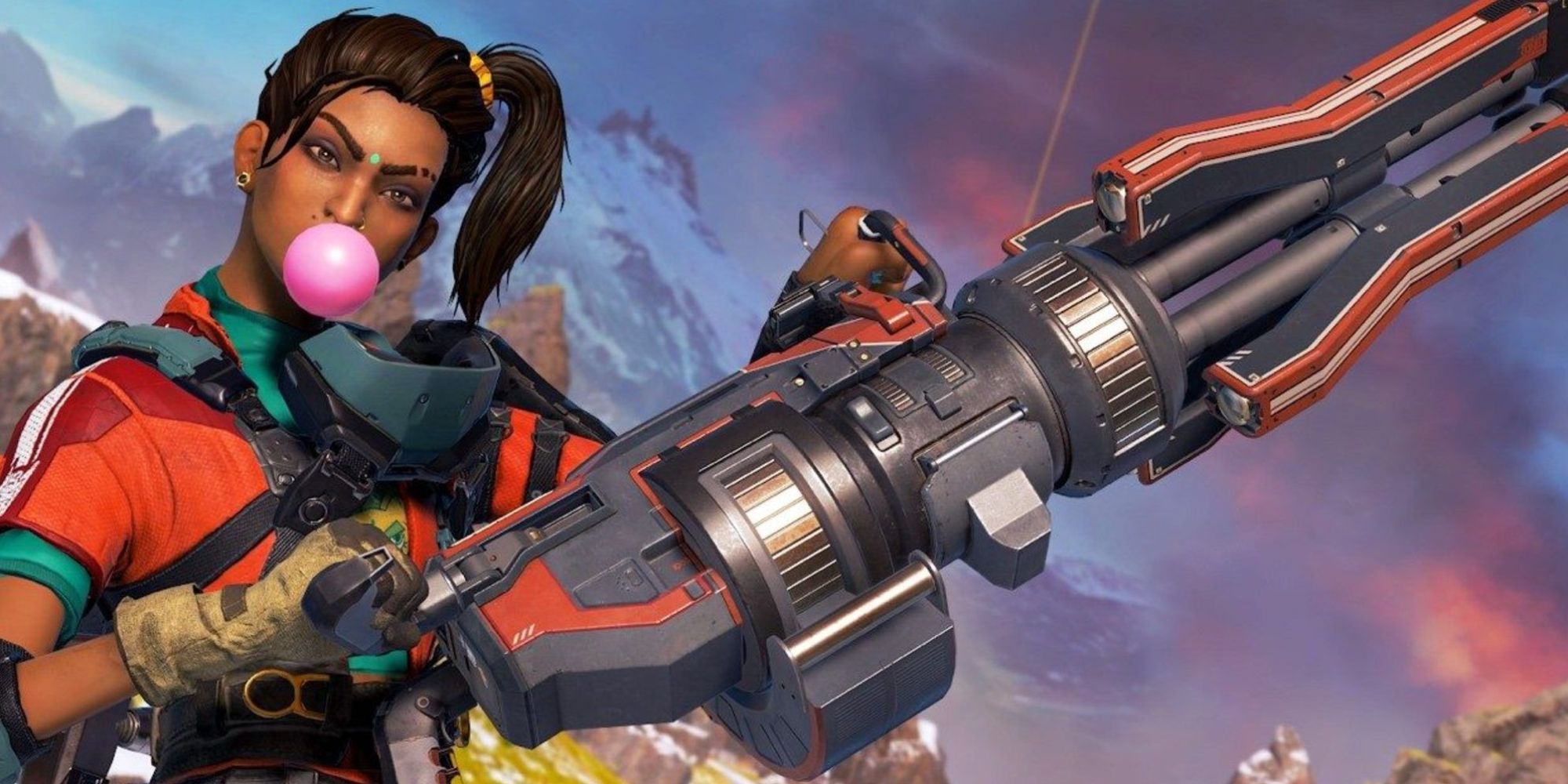
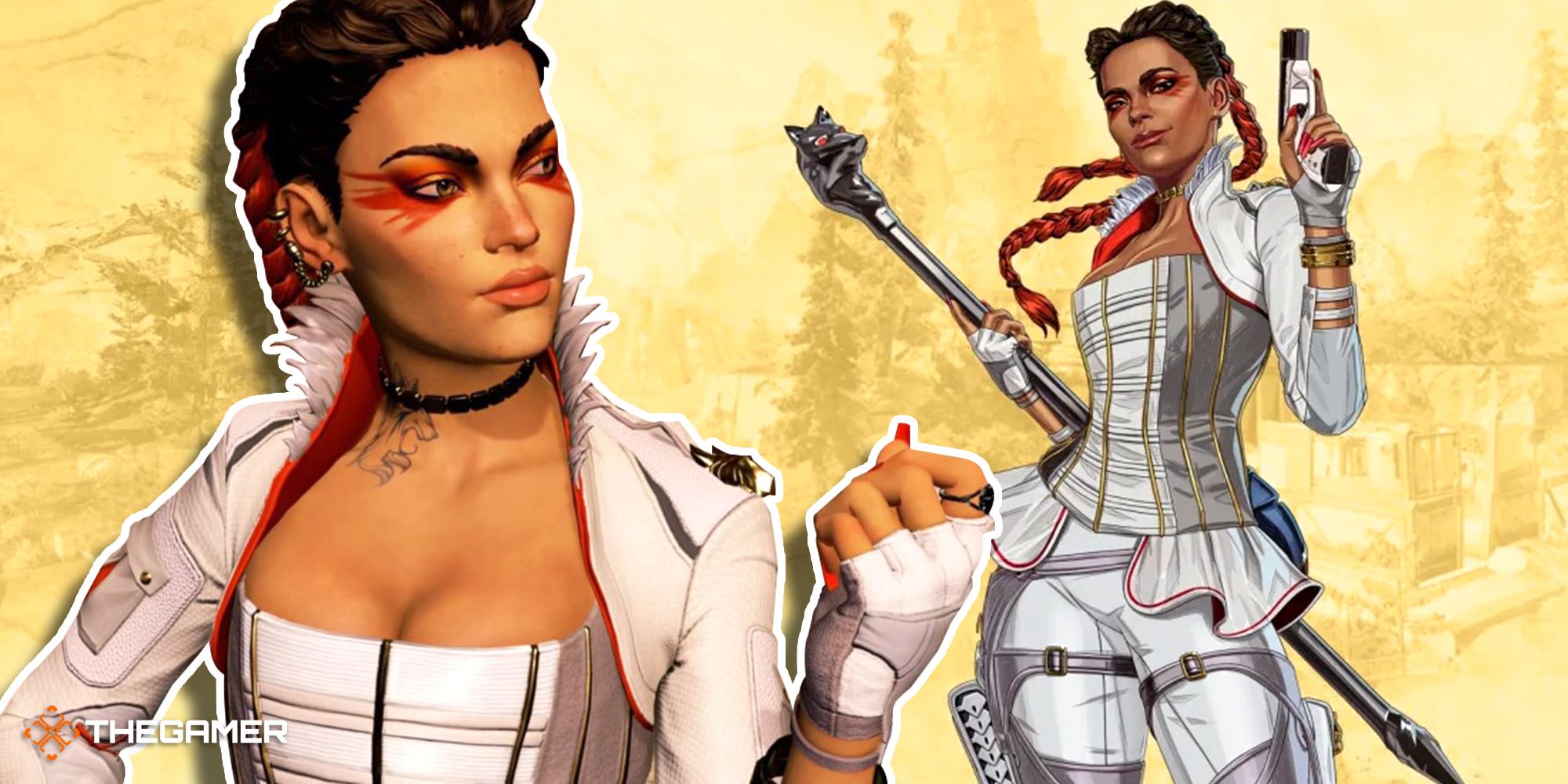
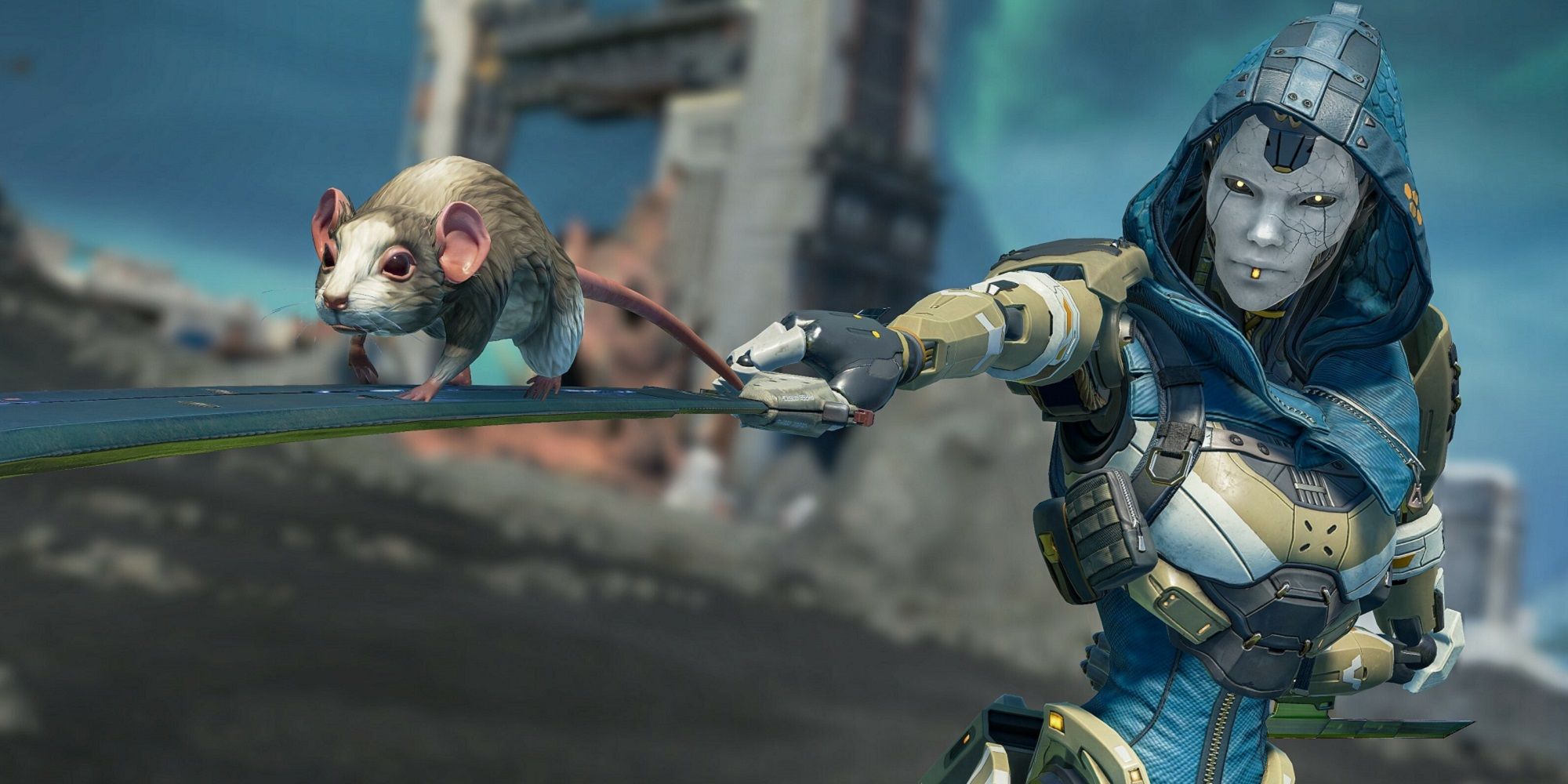


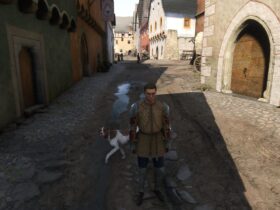

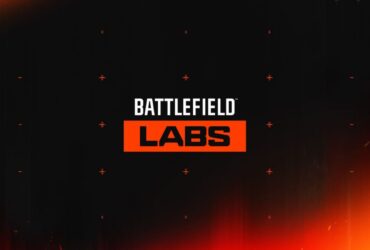

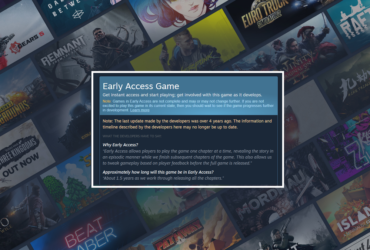

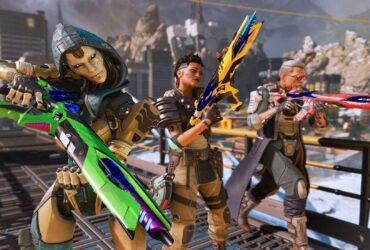

Leave a Reply